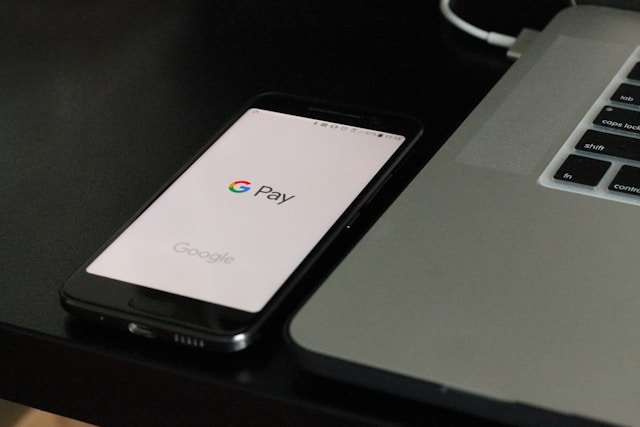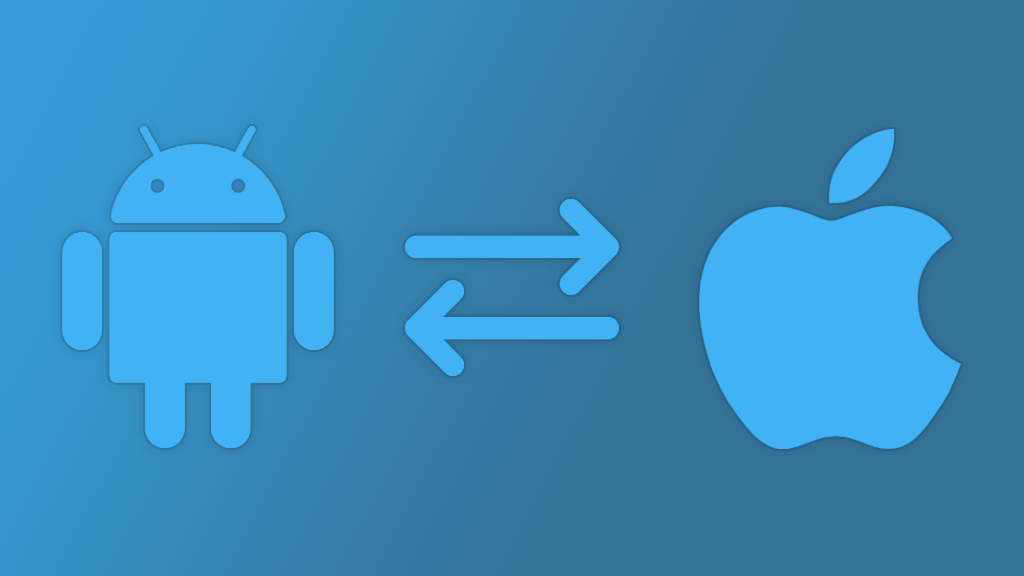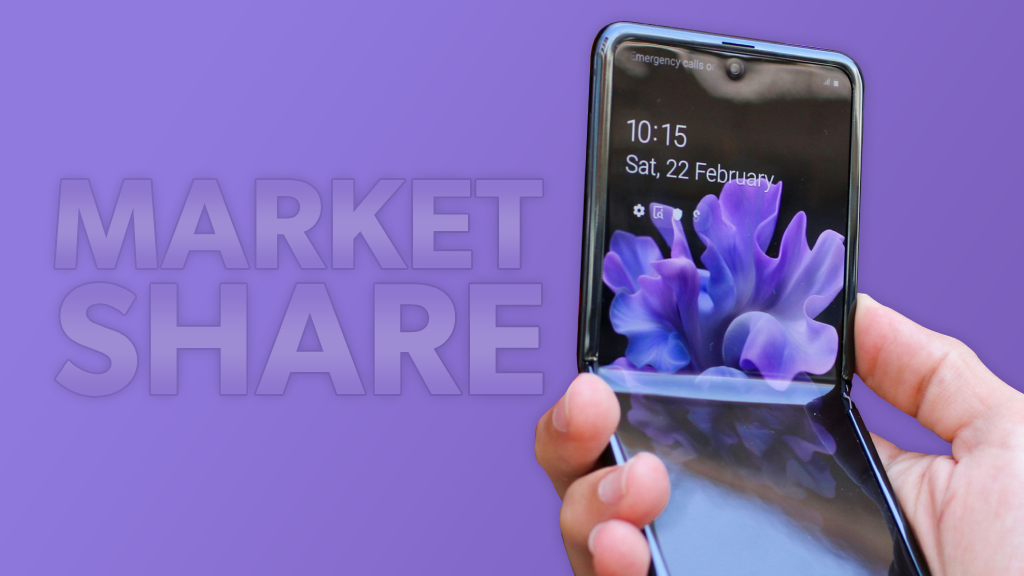Introduction
Mobile payments have changed the way people and businesses handle transactions worldwide. Consumers are increasingly turning to their phones for quick and secure payments.
As we move through 2024, mobile payment usage continues to surge, driven by convenience, technological innovations, and a global shift towards contactless transactions.
Key Statistics
- In 2024, approximately 30% of all transactions worldwide are made using mobile devices.
- By the end of 2024, mobile payments are expected to account for over half of all global e-commerce transactions.
- The global mobile payment market is projected to exceed $95 billion by 2024, with expectations to surpass $600 billion by 2030, growing at a CAGR of 34.04%.
- In 2024, 43.2% of U.S. smartphone owners will use mobile payments, with 92.3 million users expected to use proximity mobile payments.
- India’s digital payments market is expected to grow at a CAGR of 15% from 2023 to 2027, driven by government initiatives and smartphone adoption.
- A 2021 survey found that 84.6% of Gen Z and 81.3% of Millennials had used a mobile wallet for payments at least once in the previous year.
- By 2027, digital wallet transactions in e-commerce are expected to grow at a CAGR of 15%.
Global Adoption of Mobile Payments
Mobile payments are now a major part of the global financial system. By 2024, around 30% of all transactions are done using mobile devices. Experts predict that by the end of 2024, more than half of all e-commerce transactions worldwide will be completed through mobile payments.

The global mobile payment market size was 53.5 billion in 2022. This number is expected to reach over $95 billion by the end of 2024. With a CAGR (compund annual growth rate) of 35.5%, it is also projected to grow rapidly, surpassing $600 billion by 2030.
Sources: TechJury |GlobeNewsWire
Regional Insights
Here are some mobile payment trends in 2024 by country:
- China: China leads the world in mobile payments, with platforms like Alipay and WeChat Pay dominating the market. In 2024, QR code payments remain widely used, contributing to the large number of mobile transactions.
- United States: Mobile payment use is growing steadily in the U.S. By 2024, 43.2% of U.S. smartphone owners will be using mobile payments, with popular services like Apple Pay, Google Wallet, and PayPal. The number of proximity mobile payment users is expected to reach 92.3 million by the end of 2024.
- India: India is seeing rapid growth in digital payments, with mobile wallets becoming increasingly popular. This growth is driven by government initiatives and widespread smartphone adoption. The digital payments market in India is expected to grow at a compound annual growth rate (CAGR) of 15% from 2023 to 2027.
Sources: TechJury
Popular Mobile Payment Methods

Several mobile payment methods have gained popularity across different regions:
- Digital Wallets: Platforms like Apple Pay, Google Wallet, and Samsung Pay have become popular for storing credit and debit card details securely on smartphones. Users can make payments with a simple tap, and these wallets often use biometric authentication (such as fingerprints or facial recognition) for added security.
- QR Code Payments: This method is widely popular in Asia, especially in countries like China and India. Users scan a QR code to complete a transaction. It’s used for everything from small purchases at street vendors to payments at high-end retail stores.
- Peer-to-Peer (P2P) Payments: Apps like Venmo, PayPal, and Cash App make it easy for users to send money to friends and family instantly. These apps are commonly used for personal transactions like splitting bills or paying rent, making them essential for everyday financial exchanges.
Growth Drivers
Several factors contribute to the growing adoption of mobile payments:
- Convenience: Mobile payments provide a fast and easy way to pay without needing cash or physical cards. Users can complete transactions anytime and anywhere, which is especially useful in today’s fast-paced world.
- Security: Mobile payments use advanced encryption and biometric authentication, like fingerprint or facial recognition, to keep transactions secure. These features protect users’ financial data from fraud and theft, offering a safer payment method.
- Pandemic Influence: The COVID-19 pandemic accelerated the adoption of contactless payments. As people sought safer, touch-free ways to pay, mobile payments became a popular choice, driven by the need for social distancing and improved hygiene.
User Demographics and Behavior
Mobile payment users are generally younger, with a large portion coming from the Millennial and Gen Z generations. A 2021 survey revealed that 84.6% of Gen Z and 81.3% of Millennials had used a mobile wallet for payments at least once in the previous year. These younger groups are more likely to embrace new technologies and prefer the convenience of mobile payments over traditional methods.
Additionally, mobile payment users tend to have higher incomes and higher education levels compared to those who don’t use these services, making them more likely to adopt digital payment solutions.
Sources: MoneyTransfers
Impact on Businesses
Mobile payments are having a major impact on businesses, especially small and medium-sized enterprises (SMEs). The convenience of mobile payments has led to more impulse purchases and increased overall sales. By adopting mobile payment solutions, businesses can reach a wider customer base and boost their sales performance.
Companies that use mobile payment options often report improved sales figures and a more optimistic outlook on future growth, as these solutions make transactions smoother and more accessible for customers.
Challenges and Risks
Despite the benefits, mobile payments also come with challenges and risks:
- Security Risks: Mobile payments come with certain security risks, such as account takeover fraud, card-not-present (CNP) fraud, and chargeback fraud. Both businesses and consumers need to stay alert and follow best practices to protect their financial information from these threats.
- Regulatory Compliance: Mobile payments are governed by different regulations across countries to protect consumers’ privacy and security. Businesses must navigate these complex rules to ensure they comply with local and international laws.
- Technical Issues: Problems like system glitches, incorrect payment details, and expired cards can cause payment failures. To avoid these issues, businesses need to have reliable and well-maintained payment systems in place.
What’s the Future?
The future of mobile payments is bright, driven by ongoing technological advancements and the increasing use of smartphones. By 2027, digital wallet transactions in e-commerce are expected to grow at a compound annual growth rate (CAGR) of 15%. As more consumers and businesses adopt mobile payments, the number of users making payments with their phones is set to rise significantly.
Emerging technologies like artificial intelligence (AI) and machine learning (ML) will further enhance the mobile payment experience by improving security and offering more personalized services, making mobile payments even more efficient and secure in the years to come.
Sources: TechJury
Conclusion
The rise of mobile payments in 2024 marks a turning point in the global financial ecosystem. With platforms like Alipay and Apple Pay driving adoption across different regions, mobile transactions are becoming the new norm for millions of consumers.
Businesses, particularly SMEs, are experiencing tangible benefits like increased sales and broader customer reach, but they must also address security risks and technical challenges to maximize the advantages.
As younger generations continue to favor mobile payments, and as technologies like AI and machine learning enhance personalization and security, mobile payments are set to dominate the future of commerce.
Frequently Asked Questions (FAQs)
Phonesaaz aims to guide users toward making informed purchase decisions by offering clear, jargon-free insights. It covers product comparisons, reviews, and targeted guides to address specific aspects of smartphone use.






